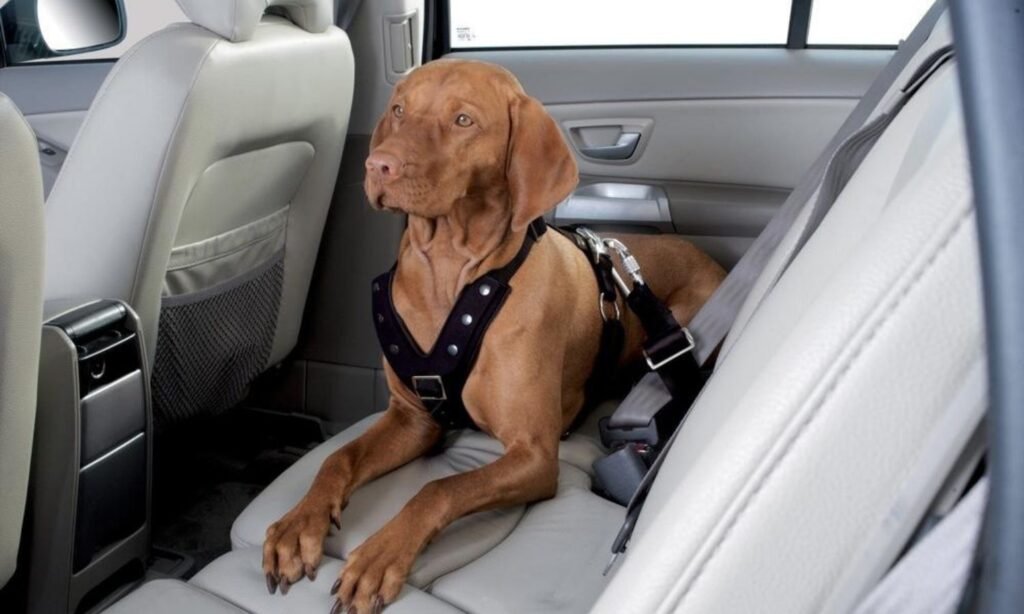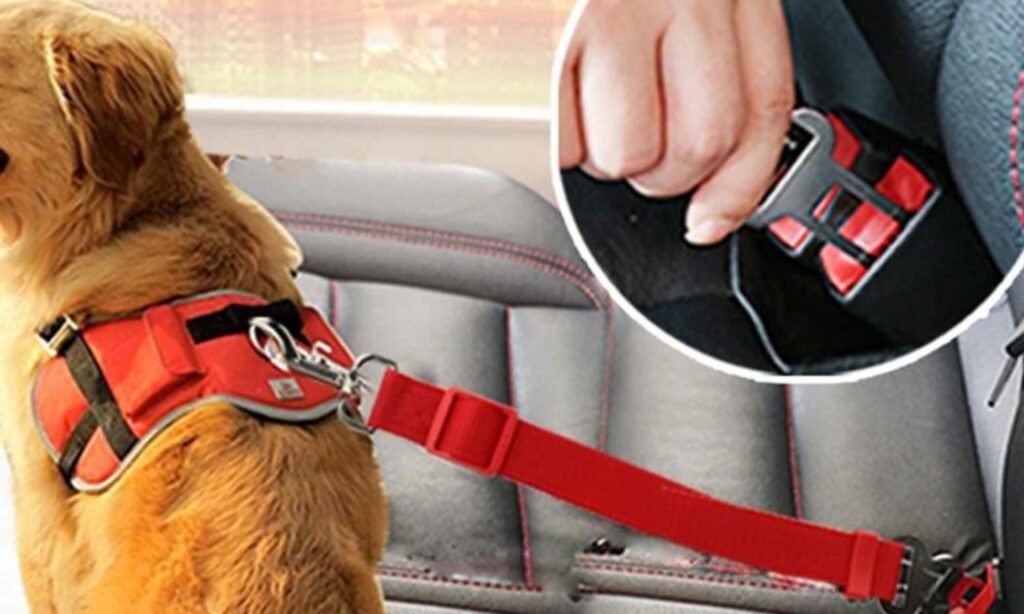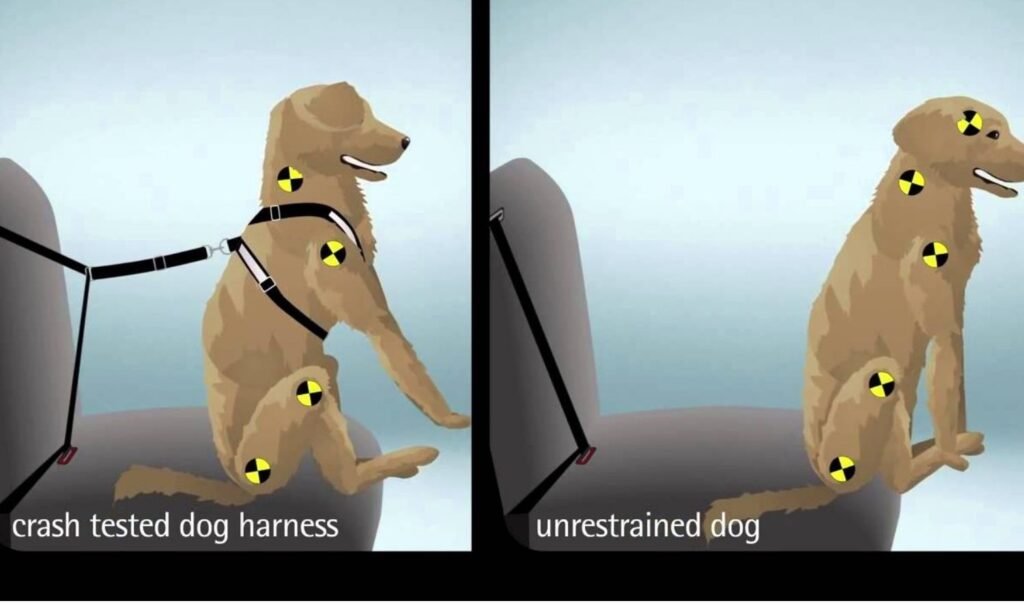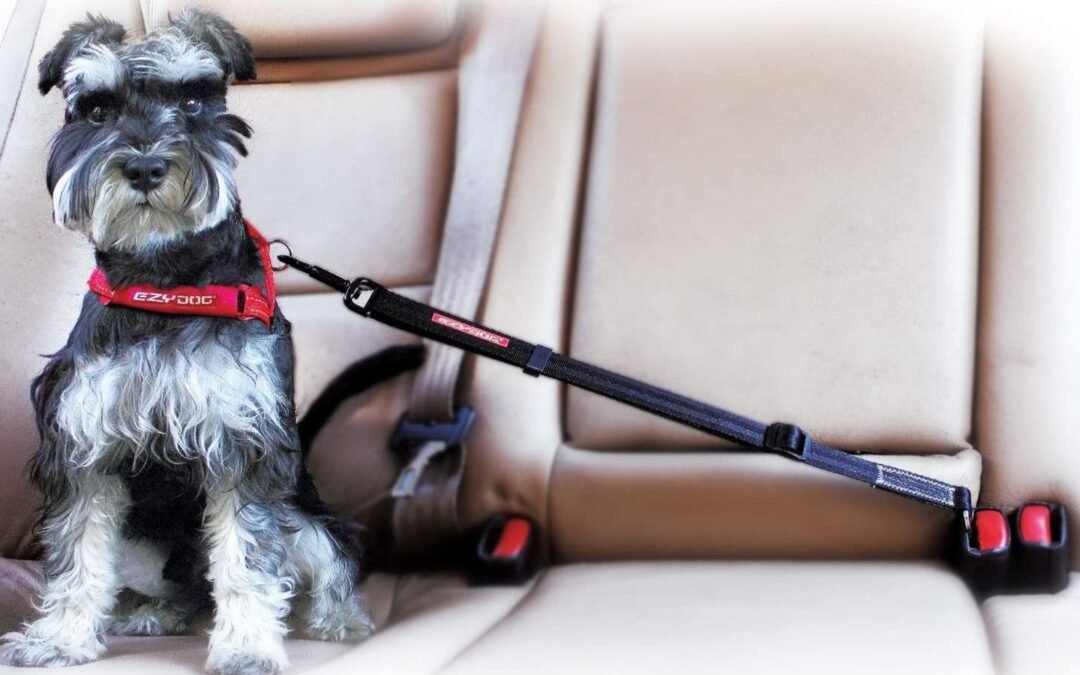A lot of people don’t realize that dogs can, and should, wear dog seat belts when riding in cars. Here are three reasons why every dog owner should consider getting their pooch a dog seat belts to wear when they’re riding in the car.
Dog Seat Belts Are Required
Dog Seat belts are mandatory for all passengers in cars. If you have children, they have to wear them too. Even if you’re just driving one block, it’s against the law not to strap on those car seats for kids and adults alike. It may be hard to believe that dogs need seat belts as well—but they do! In fact, studies show that many dogs injured or killed in an accident would have survived if they were wearing their own safety belts. As strange as it sounds, yes dogs do actually need seat belts. And if you’ve never considered getting one before now, perhaps these three reasons will help you decide: 1) Safety first; 2) Better comfort; 3) An overall better experience (for both of you).
Prevent injury during collisions
These days there are lots of options available to dog owners looking for quality restraints that fit properly and perform safely without harming Fido. Just like we use seat belts when we drive in order to prevent injury during collisions, dog seat belts provide that same level of protection when riding in the car with us. The truth is that car accidents can happen anywhere and at any time. That means whether you’re zipping down the main street or passing through residential streets, things can get ugly quickly. That’s why dog seat belts should be standard equipment for any dog owner traveling by vehicle.

Safety isn’t the only reason dog seat belts are helpful. They also make traveling much more comfortable for dogs who tend to become easily stressed out during trips. Many dogs hate being restrained even if it’s only for short periods of time. So feeling uncomfortable often leads to barking, scratching, crying, and other forms of unwanted attention-seeking behavior which is even worse than behaving badly in general. By providing additional security, you’ll create a safe place where he can relax while keeping his senses focused on what’s happening around him instead of acting out impulsively. Because he feels anxious about being forced into submission. But probably most importantly, dog seat belts offer improved convenience for everyone involved.
Using dog seat belts helps enhance driver concentration
For example, if your pooch jumps from window to window after spotting something new along the side of the road, he might distract you from paying proper attention to traffic conditions ahead. This might not seem like a big deal since dogs sometimes bark at strangers walking past our homes. But it could turn dangerous in a split second. Similarly talking on cell phones has been proven to increase collision risk so focusing on your driving is important for keeping yourself safe behind the wheel no matter how great your cell phone plan is. Of course, if you’re distracted in any way you increase your chance of causing a collision. When it comes to dog seat belts, though, you don’t have to worry.
Dog seat belts ensure that he’ll stay seated
Unlike holding onto a leash or allowing your dog to roam freely throughout your car, dog seat belts ensure that he’ll stay seated and behave himself for as long as you choose to travel together. In fact, if he’s experiencing discomfort, pain, or stress in some way—due to trauma due to earlier injuries for example—using a dog seat belt can be critical for saving his life since it protects him from further harm until emergency services arrive on the scene. In summary: What makes dog seat belts necessary is that they protect both dogs and humans from danger within vehicles. More to the point, they protect both dogs and humans from danger within vehicles.
Additionally, dog seat belts are arguably safer for all passengers—especially children—since you know exactly where your dog is at all times even if he’s not actively sitting next to you in his designated space. Dog seat belts are mandatory for every passenger inside a car for good reason: They keep people safe during unexpected incidents that might occur on any roadway or highway at any time of day or night

Dogs Are Comfortable With Car Seat Belts
Some of you might be surprised to hear that dogs can get used to car seat belts and feel comfortable wearing them. But it’s true, once they learn what’s going on, they’ll settle down in their own seats without needing you to hold them. The truth is, many people don’t take their dogs with them because they either think their dog would be too difficult or too nervous. But most dogs are perfectly comfortable with car rides once they understand what it all means.

How To Introduce Dog Seat Belts To Your Dog
To introduce your dog to his seat belt, begin by putting him inside a crate so he feels safe. Next, feed him while he’s sitting in there so he associates being inside with being fed. This will help reinforce positive associations when things move forward. Then, fasten his seat belt around him and let him sniff around. Encourage him to chew on it, put some treats on it, etc., which helps normalize everything for him. When you’re ready to go somewhere, remove him from his box and allow him out of the vehicle while keeping his seat belt on. You may have to reassure him every step of the way—say It’s okay! No scary stuff here! Good boy! each time he looks at you nervously. But after a few times he should get acclimated enough for short trips alone before moving on to longer ones together.

It Could Save Their Life
Dogs like to stick their heads out of car windows. While it’s an adorable sight, it’s actually very dangerous for them. A sudden stop or sharp turn can send Fido flying through an open window, which is why many countries around the world have laws requiring dogs to wear seat belts when riding in cars. Here are three reasons you should get one for your dog.
They could fly through an open window if they fall asleep. Not only could they hurt themselves by doing so, but they could cause an accident if they hit someone or something on their way out. Especially if you are driving fast at the time. Their bodies are small and fragile. Dogs don’t heal as quickly as humans do. If they break bones during a collision, it could take weeks (or months) before they recover, which means you would be stuck with veterinarian bills long after your dog has recovered physically.


